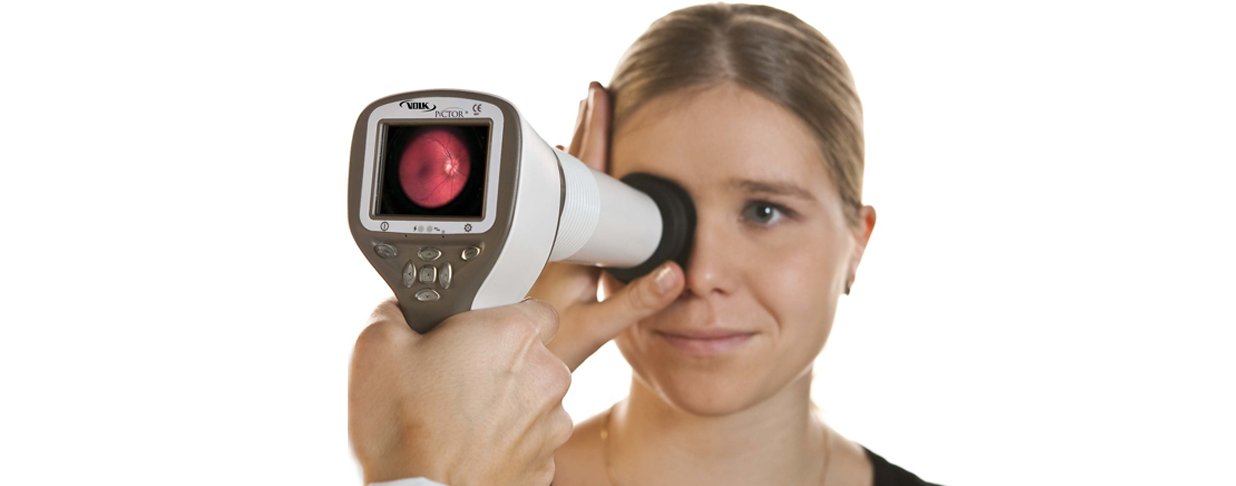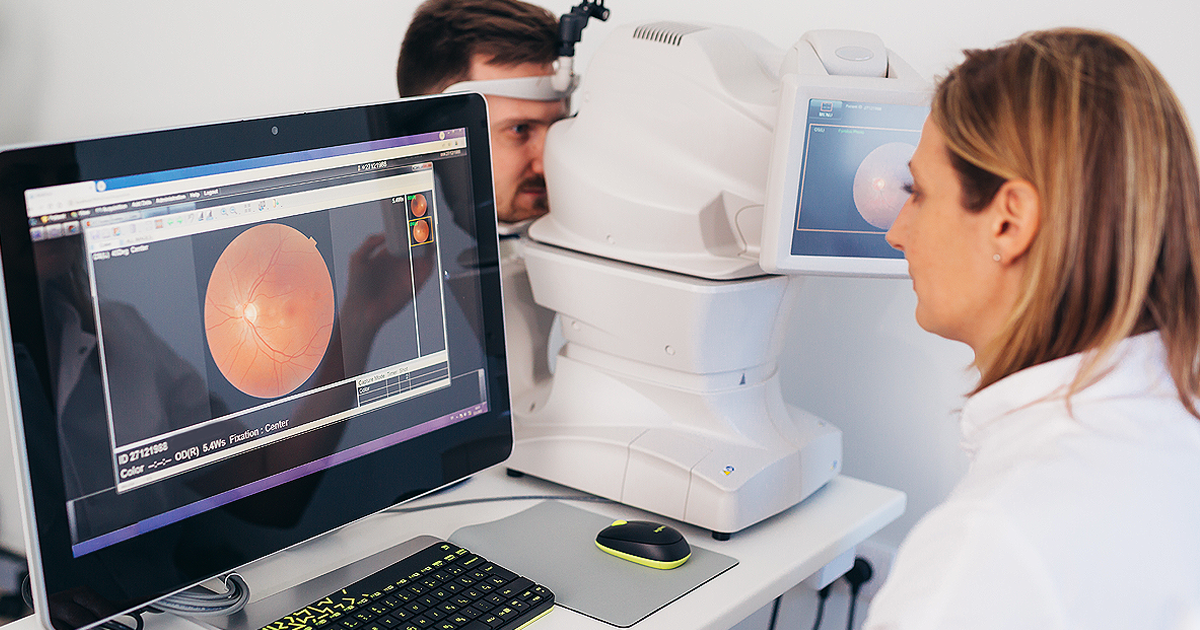As a marketing director here at EyeMed, I think about healthy, clear vision constantly. I also find myself paying particular attention to my own kids’ eye health — from eye exams to wearing sunglasses, from nutrition to limiting screen time and childproofing every inch of my house, too.
And now, in holiday gift-giving season, vision health and eye safety take on special meaning in my work and at home. It can be tempting to buy the latest, coolest toys and gadgets for my little ones (ages 3 and 1); however, I’ve learned some facts and tips I want to share that can help gift givers avoid kids’ eye injuries, make eye-safe gift choices and fill those little eyes with twinkles of joy, not festivity-ending trips to the ER.
In observance of Safe Toys and Gifts Month, promoted by Prevent Blindness and the American Academy of Ophthalmology (AAO), here are recommendations for making the most of holiday gift-giving without sacrificing safety.
Eye-safe toys are no game
A report from the U.S. Consumer Product Safety Commission found of the estimated 240,000 toy-related injuries in 2016, 45% occurred to the head and face. (1) And, toys cause approximately 1 in 10 children’s eye injuries that end up in the emergency room. (1)
As we parents and caregivers take great care with things like outlet covers, car seats and bike helmets, it’s just as important to protect our children’s eyes with vigilance about toy and gift safety. As a mom to 2 young girls, I was taken aback when I realized a princess’ magic wand could be as dangerous for my kids eyes as a Jedi’s lightsaber.
Steps you can take to protect those precious little eyes
The good news is, gift-givers can be proactive in protecting kids’ eyes by following these suggestions from well-respected industry experts and safety organizations:
1. Read labels and follow age recommendations. A lot of research goes into creating manufacturers’ age guidelines, so if something is identified as being for ages 8 and up, it’s definitely not appropriate for a younger child. Such toys might have small or sharp parts a child could swallow or poke into her eyes.
2. Limit screen time and blue light exposure. Tablets like iPads have become a staple in many kids’ lives, starting at a very early age. But research shows prolonged exposure to blue light from the electronic device screens can contribute to digital eye strain and exacerbate the early on-set of age-related macular degeneration (AMD). (2) For both visual and overall health, it’s important to monitor how often your child is exposed to blue light. Set limits; some doctors suggest putting at least an hour between screen time and bedtime (3) and take breaks from the screen every 20 minutes. (4) You also can dim the screens on your devices or use a blue-light shield to reduce the amount of harmful blue light getting through.
3. Watch for signs your child is not seeing well. Kids might not realize they’re struggling to see, but their body language can say a lot to you. If your child is squinting, rubbing his eyes, tilting her head or complaining of frequent headaches, it’s time to see the eye doctor. (5) In the meantime, use this list to check if certain behaviors might be saying something about your child’s vision.
4. Schedule routine eye exams for your kids. Of course, the best way to protect your child’s eyesight is with routine comprehensive eye exams by an eye doctor to test for vision conditions and identify general health concerns. The American Optometric Association recommends infants get their first eye exam between 6 and 12 months old, at least once between age 3 and 5, then annually before first grade and forward. (6)
BL-1812-CB-978
1. Consumer Product Safety Commission, “Toy-Related Deaths and Injuries Calendar Year 2016.” Accessed Nov. 13, 2018.
2. Harvard Health Publishing, “Blue Light Has a Dark Side,” May 2012, updated August 2018. Accessed Nov. 26, 2018.
3. Davis, A. Doctor: Blue Light From Electronics Can Wreak Havoc On Children’s Sleep, [Television broadcast]. CBS Minnesota. December 2014. Accessed Nov. 13, 2018.
4. https://www.aao.org/eye-health/news/smartphone-blue-light-is-not-blinding-you
5. All About Vision, “Signs of Children’s Vision Problems,” April 2017. Accessed Nov. 13, 2018.
6. AOA https://www.aoa.org/patients-and-public/caring-for-your-vision/comprehensive-eye-and-vision-examination/recommended-examination-frequency-for-pediatric-patients-and-adults




